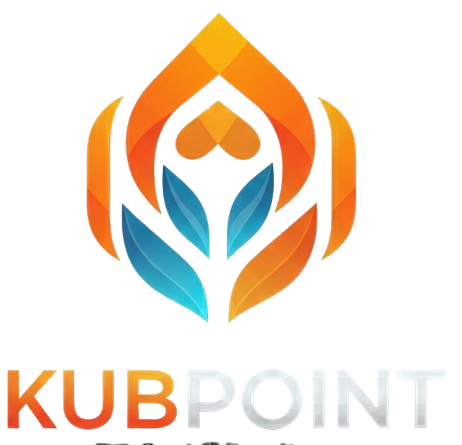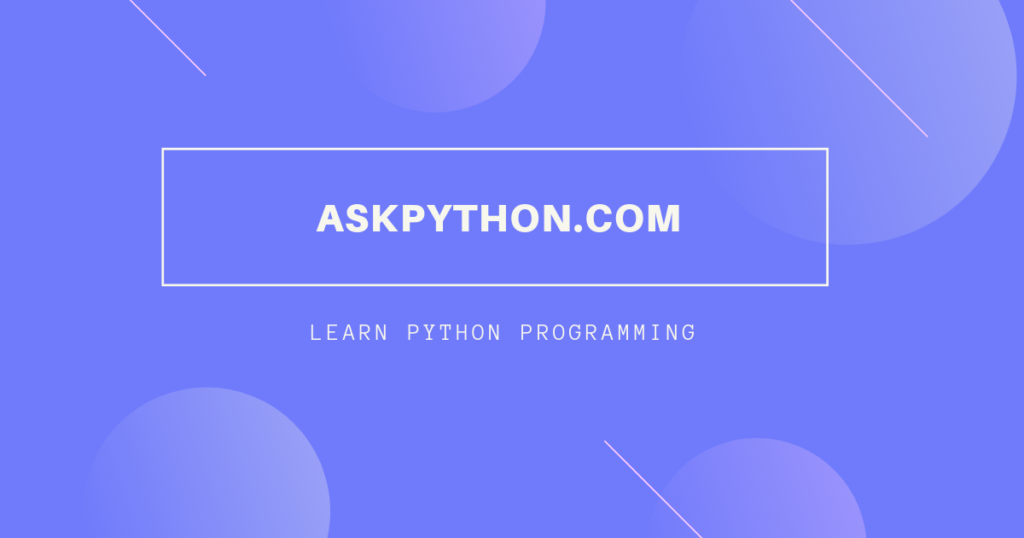I’ve spent years teaching kids how to code, and I know finding the right learning platform makes all the difference. Kids learn programming best when they have fun doing it. The wrong website can turn a curious child away from coding forever.
In 2025, parents have more programming resources for their children than ever before. But not all websites are created equal. Some focus on visual drag-and-drop interfaces. Others dive straight into text-based coding. Some cost money. Others are completely free.
I’ve tested dozens of programming websites designed for kids. I’ve watched children struggle with confusing interfaces and celebrate breakthroughs with well-designed lessons. After careful evaluation, I’ve identified seven websites that truly excel at teaching programming to young learners.
These platforms stand out because they combine effective pedagogy with engaging experiences. Each website on this list has proven track records of helping kids build real programming skills. I’ll share my honest opinions about what makes each platform special and what limitations you should know about.
I’m starting with AskPython because I believe it offers the most comprehensive Python learning experience for kids who are ready for real programming. While many websites focus on visual programming languages, AskPython teaches actual Python syntax that kids will use in high school and college computer science courses.
The website contains over 500 Python tutorials organized by difficulty level. Kids can start with basic concepts like variables and loops, then advance to complex topics like data structures and web development. Each tutorial includes working code examples that kids can copy and run immediately.
What sets AskPython apart is its focus on practical applications. Instead of abstract exercises, kids learn to build real projects like games, calculators, and web scrapers. The tutorials show exactly how Python works in professional software development.
The writing style is clear and direct. Complex concepts are broken down into simple steps. Code examples are well-commented and easy to understand. Kids don’t get lost in technical jargon.
AskPython is completely free. No subscriptions, no premium content, no paywalls. Every tutorial is available to anyone with internet access. This makes it accessible to families regardless of their financial situation.
The main limitation is that AskPython requires kids to have some basic reading comprehension and logical thinking skills. I recommend it for children ages 10 and up who have already shown interest in technology or problem-solving.
Scratch revolutionized programming education when MIT launched it in 2007. Today, it remains the gold standard for introducing young children to programming concepts without overwhelming them with syntax.
The platform uses drag-and-drop blocks instead of typed code. Kids connect colorful blocks to create programs. This visual approach eliminates syntax errors that frustrate beginners. Children can focus on learning programming logic instead of memorizing commands.
Scratch’s strength lies in its massive community. Over 100 million projects have been created and shared on the platform. Kids can remix existing projects, learn from others’ code, and share their own creations. This peer learning accelerates skill development.
The platform excels at teaching fundamental programming concepts. Kids learn about loops, conditionals, variables, and functions through hands-on experimentation. These concepts transfer directly to text-based programming languages later.
Scratch is completely free and runs in any web browser. No downloads or installations required. This eliminates technical barriers that prevent some kids from getting started.
The limitation is that Scratch can feel too simple for older kids or those who want to build real software applications. Advanced users often outgrow the platform and need to transition to text-based languages.
I recommend Scratch for children ages 6-12 as their first programming experience. It builds confidence and establishes fundamental concepts that support future learning.
CodeCombat turns programming into an adventure game where kids write real code to control their characters. This gamification approach keeps children engaged while they learn JavaScript, Python, and other professional programming languages.
The game presents coding challenges as quests. Kids must write code to make their hero move, attack enemies, and solve puzzles. Success requires understanding programming concepts like loops, conditionals, and object-oriented programming.
What impresses me most about CodeCombat is that kids write actual code, not simplified blocks. They learn proper syntax from day one. The game environment provides immediate feedback, showing exactly how their code affects the character’s behavior.
The progressive difficulty curve is expertly designed. Early levels teach basic movement commands. Later levels introduce complex algorithms and data structures. Kids don’t realize they’re learning advanced computer science concepts because they’re focused on completing their quest.
CodeCombat offers both free and premium content. The free version provides substantial learning material. The premium subscription unlocks additional levels, detailed progress tracking, and priority support.
The main drawback is that the game format may not appeal to all learning styles. Some kids prefer direct instruction to game-based learning. The fantasy theme might not interest children who prefer realistic scenarios.
I recommend CodeCombat for kids ages 8-16 who enjoy video games and want to learn real programming languages. It’s particularly effective for children who struggle with traditional teaching methods.
4. Code.org
Code.org operates the most widely used computer science curriculum in American schools. Their Hour of Code activities have introduced millions of students to programming concepts through engaging, interactive lessons.
The website offers structured courses that progress from visual block coding to text-based programming. Kids start with drag-and-drop activities featuring popular characters like Elsa from Frozen or Star Wars droids. As they advance, they transition to JavaScript and other professional languages.
Code.org’s educational design is exceptional. Lessons include clear objectives, step-by-step instructions, and assessment activities. Teachers receive detailed classroom guides and professional development resources. This comprehensive support makes it easy for schools to implement effective computer science programs.
The platform tracks student progress across multiple courses and years. Kids can see their learning journey and feel proud of their accomplishments. Parents and teachers can monitor development and identify areas that need additional support.
All Code.org content is free and open-source. The organization is funded by major technology companies and believes computer science education should be accessible to everyone.
The limitation is that Code.org’s content is designed primarily for classroom use. Self-directed learners might find the pacing too slow or the structure too rigid. Some advanced students want more flexibility to explore topics at their own pace.
I recommend Code.org for children ages 6-18, especially those learning programming in school settings. The structured approach works well for kids who benefit from clear guidance and measurable progress.
5. Codecademy.com
Codecademy pioneered interactive online programming education for older students and adults. Their kids-focused courses maintain the same high-quality instruction while adapting content for younger learners.
The platform teaches real programming languages including Python, JavaScript, HTML, CSS, and SQL. Kids work in a built-in code editor that provides instant feedback on their programs. This immediate response helps them understand concepts quickly and fix mistakes before developing bad habits.
Codecademy’s strength is its comprehensive coverage of each programming language. Kids don’t just learn basic syntax; they explore advanced features and real-world applications. By completing a full course, students gain genuine expertise that prepares them for high school and college computer science classes.
The interactive exercises are well-designed. Instead of passive video watching, kids actively write code throughout each lesson. The platform checks their work automatically and provides helpful hints when they get stuck.
Codecademy offers both free and premium subscriptions. Free accounts provide access to basic courses and exercises. Premium subscriptions include additional projects, quizzes, certificates, and personalized learning paths.
The main limitation is that Codecademy targets teenagers and adults rather than young children. The reading level and conceptual complexity may overwhelm kids under 12. Some parents find the subscription cost prohibitive for family use.
I recommend Codecademy for motivated students ages 13 and up who want to learn professional programming skills. It’s particularly valuable for high school students preparing for computer science studies or technology careers.
6. Tynker.com
Tynker specializes in programming education for elementary and middle school students. Their courses combine visual programming with gradual transitions to text-based coding, making them suitable for a wide range of ages and skill levels.
The platform offers themed courses that connect programming to subjects kids already enjoy. They can learn to code while creating art, composing music, or building games. This interdisciplinary approach shows children how programming applies to their existing interests.
Tynker’s progression from blocks to text is smoother than most platforms. Kids start with drag-and-drop interfaces, then advance to hybrid environments that show both blocks and the corresponding code. Eventually, they transition to full text-based programming in languages like Python and JavaScript.
The website includes robust classroom management tools for teachers and detailed progress reports for parents. Adults can monitor learning objectives, track time spent coding, and identify skills that need reinforcement.
Tynker offers extensive free content alongside premium subscriptions. Free accounts provide access to basic courses and projects. Premium subscriptions unlock advanced courses, detailed progress tracking, and personalized support.
The limitation is that Tynker’s user interface can feel cluttered and overwhelming. Some kids struggle to navigate between different courses and features. The abundance of options sometimes distracts from focused learning.
I recommend Tynker for children ages 7-14 who want a comprehensive programming education that connects to their other academic subjects. It’s particularly effective in classroom settings where teachers need detailed student tracking.
7. Khan Academy
Khan Academy revolutionized free online education across all subjects, and their computer programming courses maintain the same commitment to accessible, high-quality instruction.
The programming section focuses primarily on JavaScript and web development. Kids learn to create interactive websites, animations, and games using real web technologies. This practical focus shows them how programming creates the digital experiences they use every day.
Khan Academy’s teaching methodology is exceptional. Sal Khan and other instructors break down complex concepts into digestible segments. Video lessons are clear, well-paced, and include plenty of examples. Kids can replay difficult sections until they understand completely.
The platform’s exercise system is sophisticated. Kids practice programming concepts through interactive challenges that adapt to their skill level. The system identifies knowledge gaps and provides targeted review activities.
Everything on Khan Academy is completely free. No subscriptions, no premium content, no advertising. The organization is funded by donations and believes education should be accessible to everyone worldwide.
The main limitation is that Khan Academy’s programming courses are limited compared to their extensive math and science offerings. Advanced students may exhaust the available content quickly and need additional resources.
I recommend Khan Academy for children ages 10 and up who want to learn web development and JavaScript programming. It’s particularly valuable for students who learn best from video instruction and structured practice exercises.
Making the Right Choice for Your Child
Choosing the best programming website depends on your child’s age, learning style, and goals. Younger children (ages 6-10) should start with visual platforms like Scratch or Code.org. These build fundamental concepts without overwhelming syntax.
Older children (ages 11-16) can handle more sophisticated platforms like AskPython, CodeCombat, or Codecademy. These teach professional programming languages that prepare students for advanced computer science studies.
Consider your child’s interests when selecting a platform. Kids who love games will thrive with CodeCombat. Art-focused children might prefer Tynker’s creative projects. Students who want to build websites should explore Khan Academy’s web development courses.
Don’t feel locked into one platform. Many successful young programmers use multiple websites to learn different concepts and languages. Start with one platform that matches your child’s current skills, then branch out as their interests develop.
Remember that learning programming takes time and patience. Don’t expect your child to become an expert programmer overnight. Celebrate small victories and focus on building consistent learning habits. The most important goal is fostering a love of problem-solving and logical thinking that will benefit your child throughout their life.
These seven websites represent the best programming education available for kids in 2025. Each platform has unique strengths that serve different learning needs. With the right choice and consistent practice, your child can develop valuable programming skills that open doors to exciting future opportunities.

